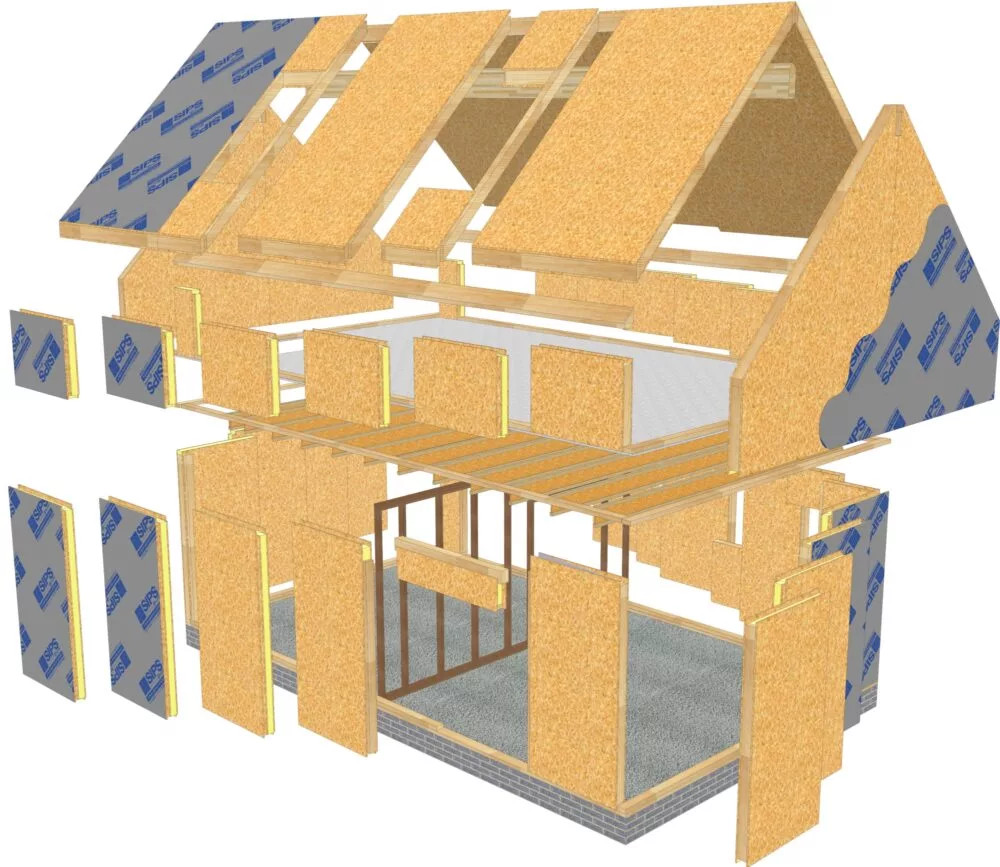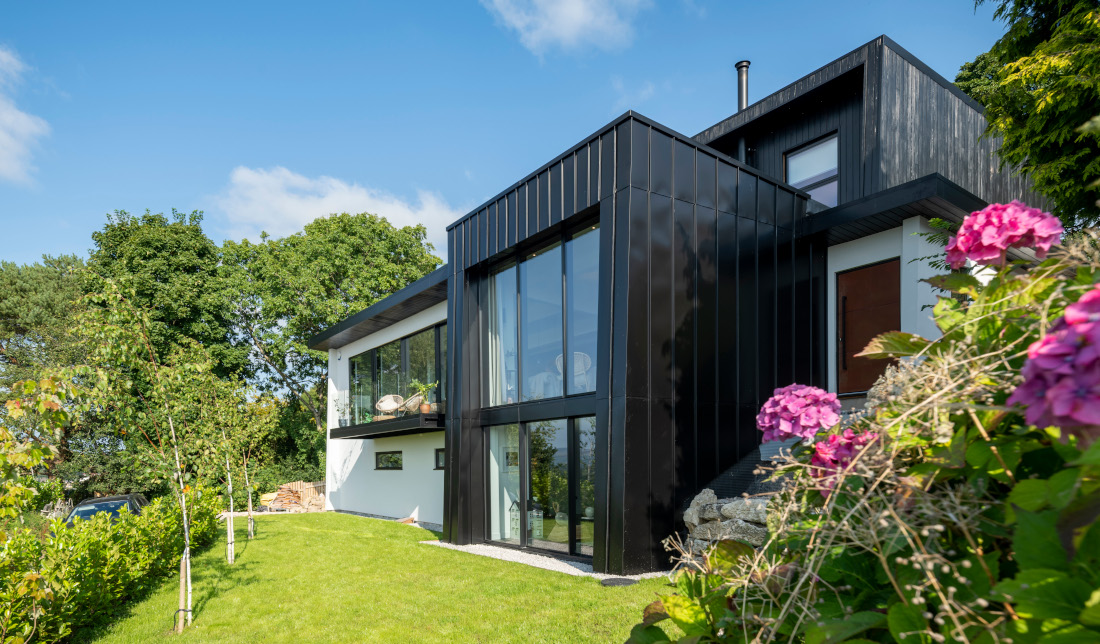When planning a project self builders should adopt a fabric first approach to the construction. Zero carbon homes are at the top of the government agenda, and combined with the energy crisis it’s never been so relevant to build with energy efficient materials.
Fabric first refers to the building fabric that creates the envelope of your built home, including the materials used to create the frames, structure and insulation, and specifically in relation to heat retention.
Choosing high performance materials, such as Structural Insulated Panels (‘SIPs’) means you are building with energy efficiency from the start. All other decision, such as heating and cooling systems, start from this fabric first approach.
A fabric first approach should consider:
- High-quality insulation
- Increased air-tightness
- Thermal bridging issues
- Solar gain and
- Natural ventilation for cooling
Specialists SIPS@Clays, which designs, fabricates and installs the Kingspan TEK® SIPs Building System, shared their insight with the Self Build Portal as to how this approach can make all the difference to the final home, with the example of building with SIPs
Ian Clay of SIPS@Clays explains that as one of the most sustainable methods of construction available, the popularity of SIPs is soaring for environmentally conscious self builders.
These high performance panels are made up of sandwiches of boards bonded together with insulation, with different configurations and thicknesses available for different applications and performance.
The structure can be finished to look like a conventional build, clad in timber, brick slips or render, depending on the customer’s design (as shown in this SIPS@Clay home, clad in sheet metal and burnt larch teamed with render).
The advantage of SIPs is that, because they are structural, they can be used to build the floors, walls and roof. Plus, they have the the added benefit of not needing roof trusses, which maximises usable loft space.

“There are so many benefits of building with SIPs including speed of build, increased living space, flexibility of design, predictable build programme and exceptional versatility. However, amongst the most important are the thermal efficiencies, low energy living and green construction credentials the system provides. This is why SIPs lend themselves so well to the fabric first approach.
“The ‘built in’ thermal properties of SIPs and reduced thermal bridging, the low U-values and the increased airtightness that the system offers, can reduce the amount of energy used to heat or cool a room by up to 50%.
“In most cases it removes the need for additional technologies or conventional heating entirely, relying on the natural efficiency of the fabric of the building. Of course, additional sources of heating or cooling can be included if desired.”
“Add into this, the off-site manufacturing, minimal waste and low environmental impact, SIPs are the perfect construction solution for all self-build projects, including those being built to achieve Passivhaus accreditation.
So, if you’re at the start of your self-build journey and want to build a low or zero carbon home, ensure you adopt a ‘fabric first’ approach from the outset.




